ly lost your home for all things travel today we're diving head first into the Ultimate Adventure for Thrill Seekers and nature lovers hiking the entire Appalachian Trail but hold on to your hiking boots did you know that a whopping 75 of people who attempt to conquer this Trail end up throwing in the towel that's where we come in in this video we'll arm you with Insider tips the necessary pit stops and survival tactics to help you not only survive but thrive on this Epic Journey know when to start carefully the grand season of trailblazing on the at starts officially in April and wraps up on October 15th but let's be real who wants to hike with the common hiker Rebel no one that's who so naturally the new hip trend is to start your hike in March because who doesn't want to be ahead of the curve unfortunately this trailblazing trend has caught on like wildfire and now March has become the new Mayhem month pit to this 50 to 70 hikers starting their Journey every day fighting tooth and nail for a measly camping spot or a place to rest their weary bones it's a mad house out there for those of you who are experienced hikers looking to conquer the 80 in one Fell Swoop we suggest starting in April but if you're a casual section hiker with no time constraints just chill out and start in may prepare your body and strength listen up and listen good because we're about to give you some Sage advice that'll prevent you from becoming the next Trail casualty first things first don't even think about underestimating the Appalachian Trail it's not some walk in the park folks you can't just roll out of bed jog around the block and call it a day we've seen it all and it's not pretty so how do you avoid becoming a wheezing panting mess on the trail well it's a three-pronged approach firstly if you want to rock a heavy pack and navigate uneven terrain like a boss you've got to work on your balance and what's the the best way to do that why walking on a balance beam with a weighted backpack of course it's like a circus act and a workout in one secondly endurance people endurance you can be a bodybuilder but if you can't hack it in the cardiac Department you've had it hit the treadmill StairMaster or take long walks and runs to build up that stamina and if you're from a coastal town you better believe that elevation is going to mess with your breathing so get those lungs in shape third you've got to hit the weights and we don't mean the lightweight backpack you're bringing on day hikes we're talking lunges squats and bicep curls and don't forget the repetitive unloading and reloading of your pack that's going to take some serious upper body strength follow these tips and you'll be a lean mean hiking machine or you know you could just wing it and end up crawling back home in defeat the choice is yours manage your budget smartly we're here to tell you about one of the most underrated parks of hiking spending money believe it or not not hikers are actually humans not robots we like to have a good time too you know so it's important to budget some extra dough for when you want to treat yourself to a fancy meal or go see your favorite band in concert plus let's be real who doesn't need a break from the trail every now and then take a detour to NYC or DC to recharge your batteries and soak up some City life but that ain't cheap you gotta have that extra cash on hand and once you hit North Virginia hold on to your wallets because things are about to get real pricey the trail may be flatter but the expenses are gonna double think a hundred dollars for a hotel room or thirty dollars for a hostel it's like you're living in the lap of luxury and forget about those budget stores because they're few and far between up North but hey it's not all bad news the north is more populated which means access to food and running water so budget wisely my friends and don't forget to splurge every once in a while you deserve it don't forget to plan your diet if you want to survive the Appalachian Trail you gotta eat eat eat and we're not talking about your average three meals a day here we're talking three to five thousand calories a day that's right get ready to pack on those pounds but carrying and eating that much food is no easy feat that's why we recommend planting your food in advance like a week or two forget those fancy bounce boxes they're a waste of money and food who knows if you'll even make it to the resupply points right and who wants to eat the same old granola bars and trail mix every single day not us planning your food ahead of time allows you to mix things up and satisfy your Cravings maybe one day you want a burger the next day it's sushi the possibilities are endless well maybe not endless but you get the idea so get ready to Chow Down my friends and remember to plan ahead because when it comes to hiking the 80 the only thing more important than your boots is your food don't hike to compete if you're the kind of person who thinks hiking is a competition let us stop you right there this isn't a race it's a marathon figuratively and literally so don't start out thinking you have to hit some crazy mileage goals right off the bat like a student cramming for a test the night before that's a Surefire way to burn out and end up couch-bound again instead start slow and steady take it easy like a lazy river gradually increasing your mileage as your body adapts to the trail you'll be surprised how quickly you'll be able to knock out those 12 to 15 Mile days after a month and after three months you'll be breezing through twenties like they're nothing and if you're worried about falling behind or not making it to the end in time don't be there's a magical stretch of the trail after Harper's Ferry where the terrain flattens out and practically begs you to pick up the pace so don't sweat it enjoy the journey and leave the I need to be the best attitude back in the office where it belongs beware of bears the last thing you want while camping in the woods is a bear sniffing out your snacks and coming to pay you a visit so to avoid becoming a midnight bear snack you need to use some special gear and storage techniques first up we have bare canisters heavy duty containers that you can purchase to store your food and scented items they may weigh a ton but they'll save you from becoming bear Chow if you're feeling like doing some acrobatics you can try the beer bag method this involves hanging your food and scented items from a tree using a cord and stuff sacks lastly for the minimalist hiker there's the bare resistant stuff sack it's essentially a lightweight bare canister that can be hung or anchored to an immovable object on the ground not only will you be keeping your food safe but you'll also be flexing your minimalist muscles find the appropriate shelter when you're tracking the Appalachian Trail you'll come across these things called shelters they're pretty basic structures with three walls and a roof and if you're lucky they might even have a door now you might be tempted to stay in one of these bad boys because they're close to water sources and camping spots but unless a tornado is coming your way pitch a tent outside instead this show shelters can hold anywhere from four to twenty people and that's a tight squeeze plus they're home to some lovely creatures like poisonous spiders and mice watch out for black widows brown recluses and don't get sick from Mouse poop oh and don't forget sound travels like crazy in the forest so even the quietest of Whispers could disturb your fellow hikers so whether you're in a shelter or pitching a tent keep it down or face the Wrath of the forest drink clean water or clean your water so you're out in the wilderness and thirsty as heck but before you start gulping down that Crystal Clear Mountain stream water let us warn you it might be hiding some nasty surprises we're talking microscopic parasites and viruses that you can't see with your naked eye so unless you want to spend your hike running back and forth to the bushes you better treat the water before you drink it thankfully there are some options for making your H2O safe to swallow you could go old school and boil all your water but that's a lot of effort for a simple thirst quencher instead it we recommend investing in a filter or chemical treatment these handy tools will zap any harmful bugs and leave you with clean delicious water just be sure to follow the instructions carefully or you might end up with something even worse than Giardia with these helpful tips you too can join the ranks of the elite few who have conquered the trail so go forth hikers and Conquer that trail with all the enthusiasm of a kid in a candy store just maybe not the same level of sugar-induced hyperactivity Happy Trails thanks for wandering with us if you enjoyed this video check out our band for National Park guide linked here thank you [Music]
Embark on the ultimate adventure for thrill-seekers and nature enthusiasts—the complete Appalachian Trail hike. It may surprise you to learn that a staggering 75% of individuals who attempt this challenging trail end up calling it quits.
But we’re here to assist you every step of the way. In this article, we’ll provide you with invaluable insider tips, highlight essential pit stops, and equip you with survival tactics to not only endure but truly thrive on this extraordinary journey.
But first, snag all the goods from our Hiking Must Haves!
If your time on our site is as WANDERFUL as we hope, we’d be super thrilled to have you share this post with your fellow wanderers!
1. Know when to start
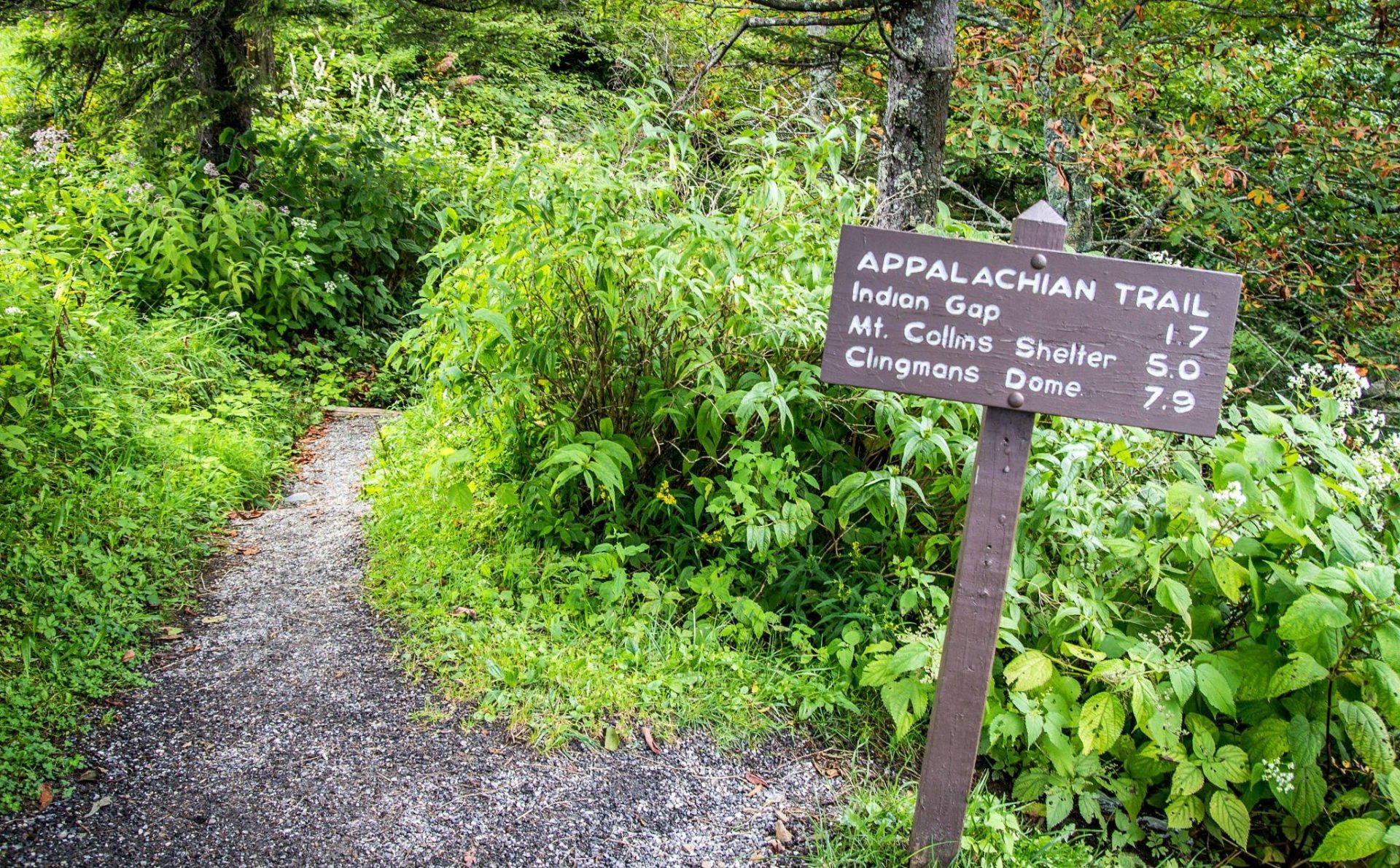
The official hiking season on the Appalachian Trail runs from April to October 15th. However, there’s a growing trend to start the hike in March to stay ahead of the crowd. Unfortunately, this has led to overcrowding, especially in March, with 50-70 hikers starting each day, scrambling for limited camping spots and rest areas.
For experienced hikers aiming to complete the entire trail, it’s recommended to start in April. But if you’re a casual hiker with flexibility, starting in May allows for a more relaxed experience.
2. Prepare your body
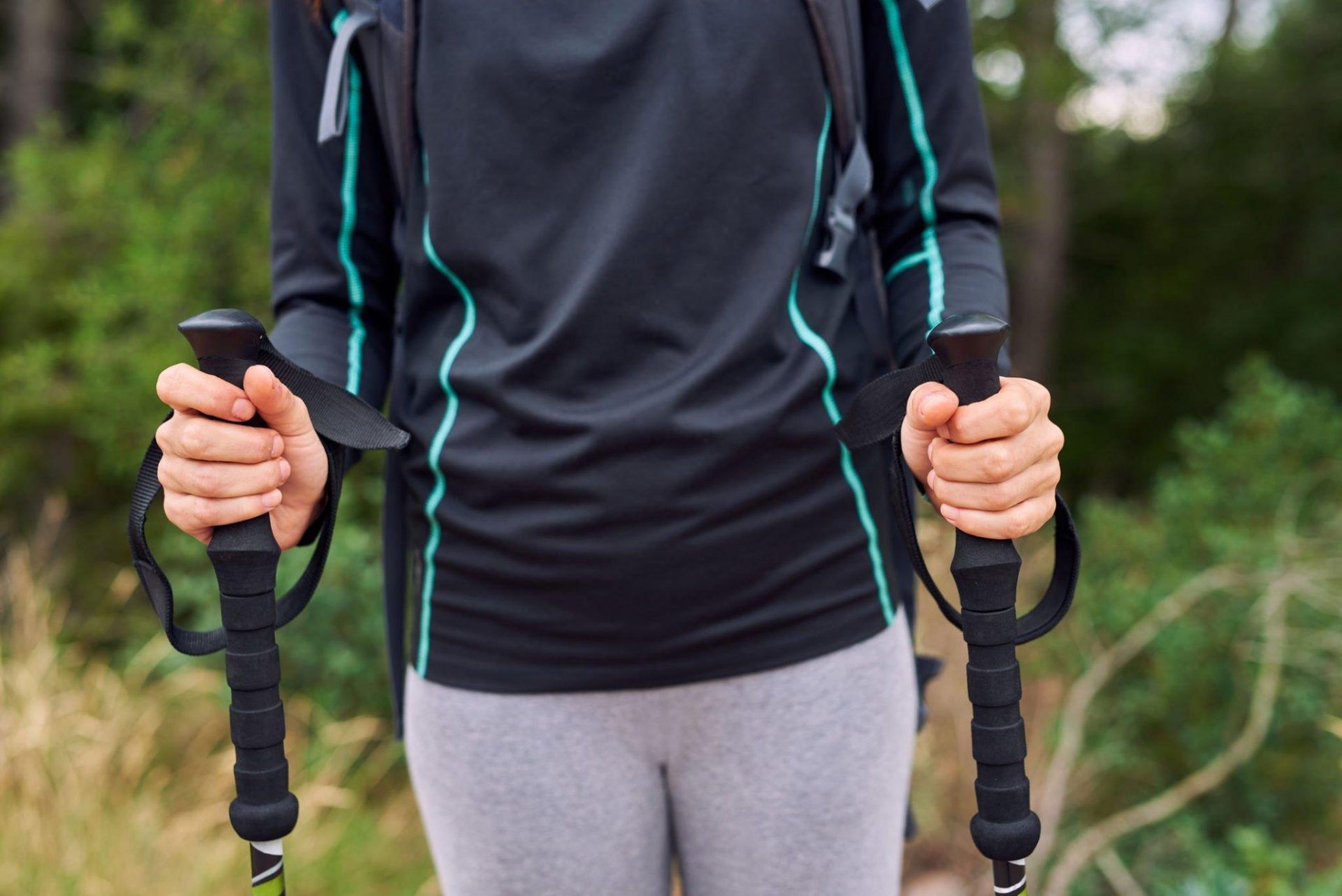
Now, we are going to share some crucial advice that will help you avoid becoming a casualty on the Appalachian Trail.
First and foremost, never underestimate the trail. It’s not a simple walk in the park; it requires proper preparation and effort. Don’t think you can just roll out of bed, do a quick jog, and call it a day. Many hikers make this mistake, and it doesn’t end well.
To ensure you’re physically prepared, follow a three-pronged approach.
Firstly, work on your balance. This is essential for navigating uneven terrain with a heavy backpack. One effective way to improve balance is by walking on a balance beam while carrying a weighted backpack.
Secondly, focus on building endurance. Even if you have a muscular physique, you need to improve your cardiovascular stamina. Incorporate exercises like treadmill workouts, stair climbing, or long walks and runs into your routine. This will help you cope with the cardio demands of the trail. Remember, if you’re from a coastal area, adjusting to higher elevations may affect your breathing. Prepare accordingly.
Lastly, don’t neglect strength training. It’s not just about the weight of your daypack; you need overall strength. Incorporate exercises like lunges, squats, bicep curls, and repetitive loading and unloading of your backpack. Strengthening your upper body is particularly important for the trail.
Sound a little too intense?? Maybe you’d prefer the hiking at Yellowstone!
3. Manage your budget smartly

Let’s talk about a lesser-known aspect of hiking: managing your finances along the way!
Contrary to popular belief, hikers are humans who enjoy treating themselves. After all, we all need a break from the trail every now and then.
That’s why it’s important to budget some extra money for those special indulgences like a nice meal or catching a concert of your favorite band. However, let’s be realistic here—taking detours to cities like New York or Washington, D.C., can be expensive, so it’s crucial to have some extra cash on hand.
When you reach Northern Virginia, hold on tight to your wallets because costs tend to increase significantly. Hotels can easily set you back $100 or more, and even hostels may charge around $30 per night. It may feel like a taste of luxury compared to the earlier parts of the trail. Keep in mind that budget-friendly stores become scarce as you head further north.
However, there’s a silver lining. The northern region is more populated, which means better access to food and running water. So, be smart with your budgeting, but don’t forget to treat yourself occasionally.
In the end, striking a balance between managing expenses and enjoying memorable experiences will make your hike along the Appalachian Trail even more rewarding.
4. Don’t forget to plan your diet

To survive the Appalachian Trail, adequate food consumption is crucial. You’ll need to consume an impressive 3,000 to 5,000 calories per day, surpassing the typical three meals. This means careful planning is necessary.
Instead of relying on unreliable bounce boxes, it’s recommended to plan your food supplies in advance, ideally for a week or two. This ensures you have a variety of options and prevents the monotony of eating the same granola bars and trail mix every day.
By planning ahead, you can satisfy your cravings and enjoy different meals throughout your journey. Whether it’s a juicy burger or a sushi roll, having a diverse selection will keep you motivated and well-nourished.
5. Don’t hike to compete
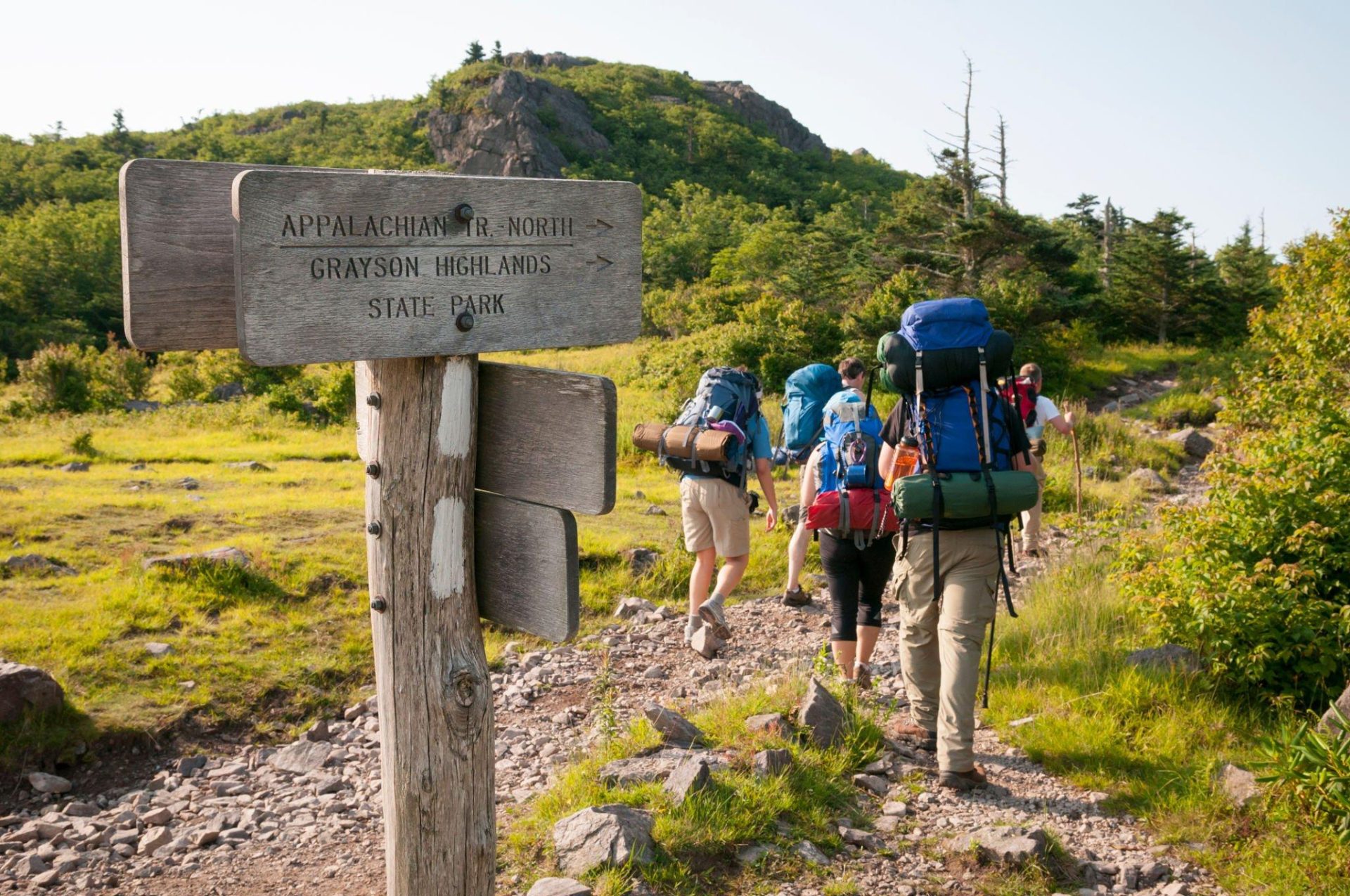
If you approach hiking the Appalachian Trail as a competition, it’s time to reconsider. This is not a race but a long-term endeavor, both physically and metaphorically. Starting with ambitious mileage goals from the beginning, like a student cramming for a test, will only lead to burnout and disappointment.
Instead, adopt a gradual and steady approach. Begin at an easy pace, allowing your body to adjust to the demands of the trail. You’ll be surprised how quickly your endurance improves, and within a month, you’ll comfortably handle 12-15 mile days. By the three-month mark, you’ll find yourself effortlessly cruising through twenty-mile stretches.
You shouldn’t worry about falling behind or completing the trail on time. After Harper’s Ferry, there’s a section of the trail where the terrain levels out, making it easier to increase your pace if desired.
So, relax and enjoy the journey. Leave behind any pressure to be the fastest or the best. Embrace the experience and leave the competitive mindset behind. After all, the true beauty of hiking the Appalachian Trail lies in the personal growth and unforgettable moments you’ll encounter along the way.
6. Beware of Bears
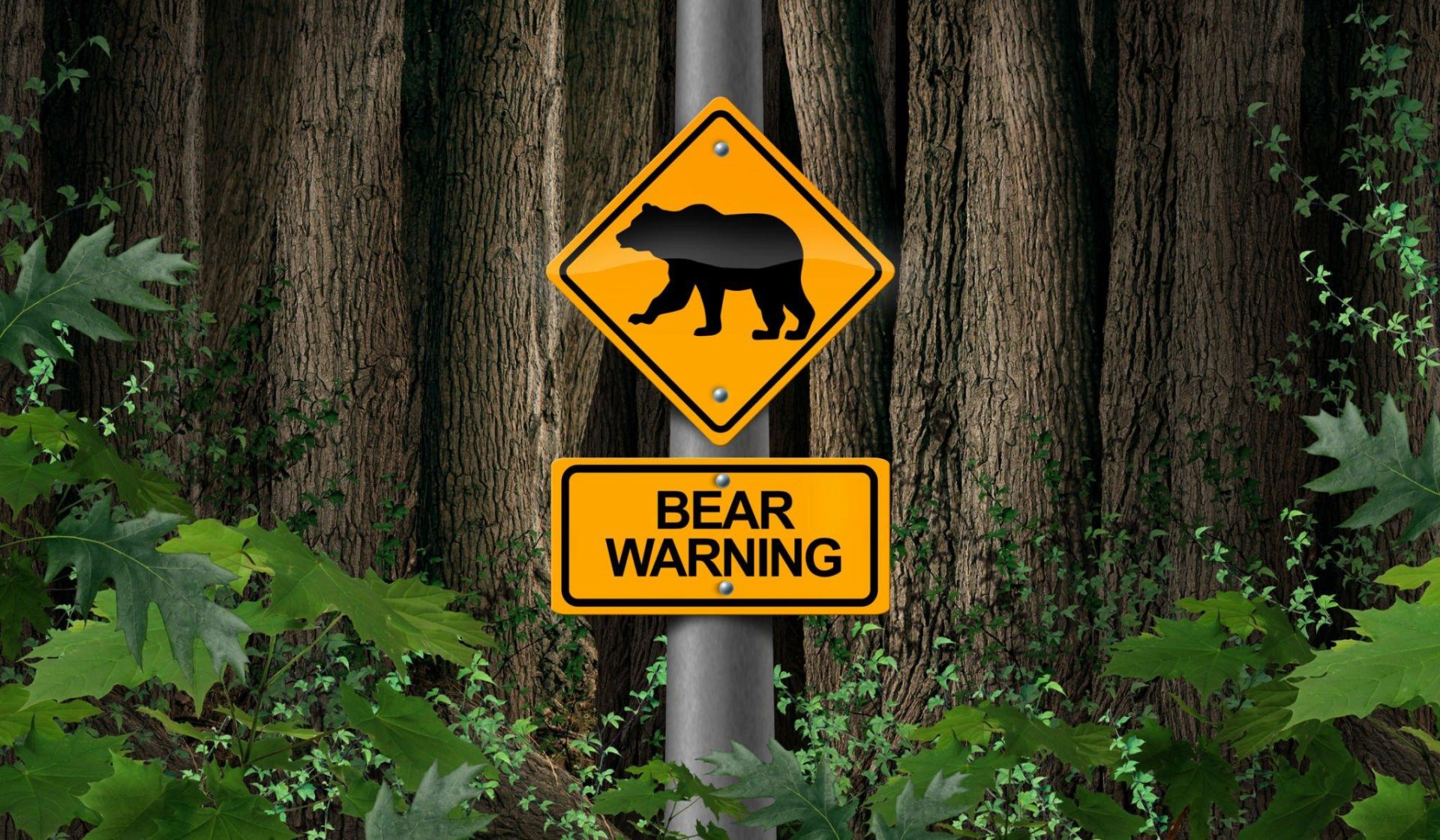
When camping in the woods, the last thing you want is a bear sniffing out your food and paying you an unwelcome visit. To prevent this, there are specific gear and storage techniques you can employ.
One option is using bear canisters, which are durable containers designed to hold your food and scented items. Although they may add weight to your pack, they offer reliable protection against bears.
Another method is the bear bag approach, which involves hanging your food and scented items from a tree using a cord and stuff sacks. This technique requires some skill and agility but can be effective in keeping bears at bay.
For minimalist hikers, there are bear-resistant stuff sacks available. These lightweight alternatives to bear canisters can be hung or anchored to an immovable object on the ground. By using them, you can keep your food safe while embracing a minimalist approach.
And don’t forget your bear spray!
7. Find the appropriate shelter
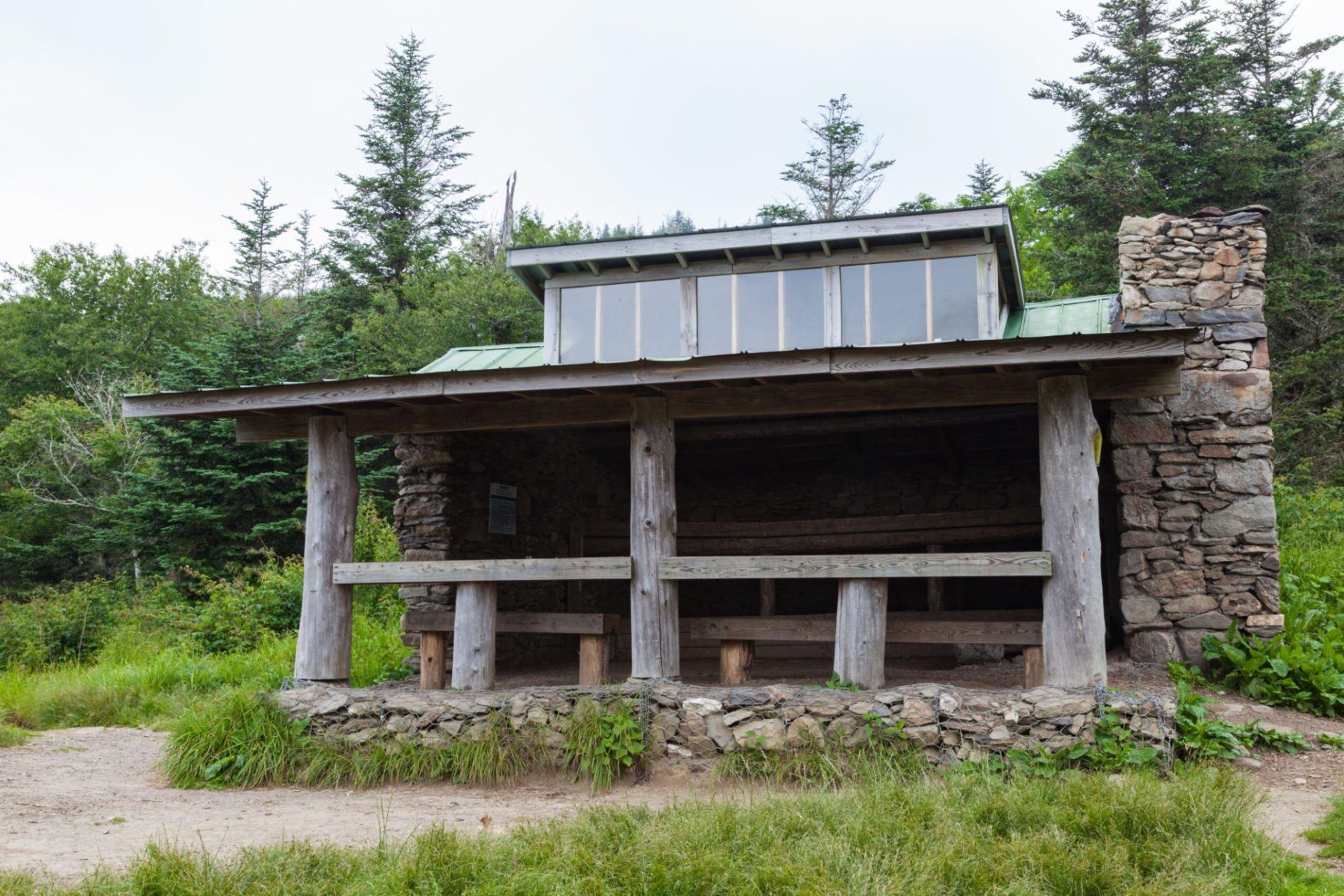
During your Appalachian Trail journey, you’ll encounter structures known as shelters. These basic shelters consist of three walls and a roof, with some even featuring a door. While they may seem convenient due to their proximity to water sources and camping spots, it’s generally advised to pitch your tent outside instead.
Shelters on the trail can accommodate anywhere from 4 to 20 people, resulting in cramped conditions. Additionally, these shelters may harbor creatures like poisonous spiders and mice. It’s important to be cautious of black widows, brown recluses, and avoid potential health risks associated with mouse droppings.
8. Drink clean water, or clean your water
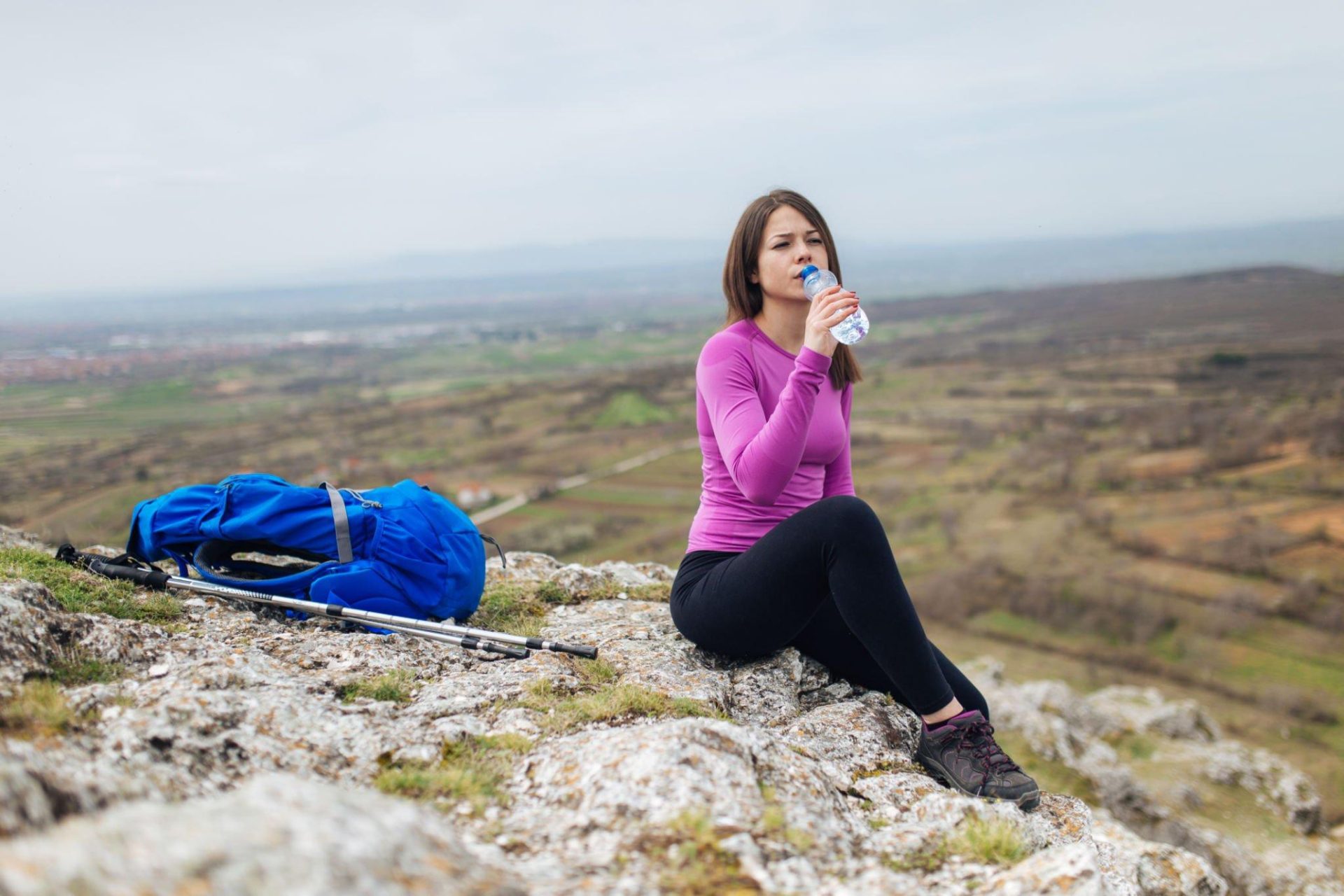
When you find yourself in the wilderness and in dire need of hydration, it’s crucial to exercise caution before quenching your thirst with water from a seemingly pristine mountain stream. However, beneath that crystal-clear surface may lie microscopic parasites and viruses that are invisible to the naked eye, posing potential health hazards.
To ensure your well-being and avoid the repercussions of consuming untreated water, it is essential to employ effective methods for water purification. While the traditional approach of boiling water can be labor-intensive and time-consuming, there are more convenient options available. Consider investing in a reliable water filter or chemical treatment, both of which effectively eliminate harmful contaminants, providing you with clean and delightful drinking water.
We love this water bottle by Lifestraw to purify your water before you drink it!
Join the ranks of accomplished hikers who have triumphed over the challenges of the trail. Venture forth with the enthusiasm of a child exploring a candy store, although without the overwhelming levels of sugar-induced hyperactivity. We wish you safe and enjoyable trails as you embark on your Appalachian Trail adventure!
Next stop, BANFF NATIONAL PARK!
Disclaimer: This post includes affiliate links. If you click on one, we may receive a small, but wanderful commission at no extra cost to you. Thanks for WANDERING with us!
